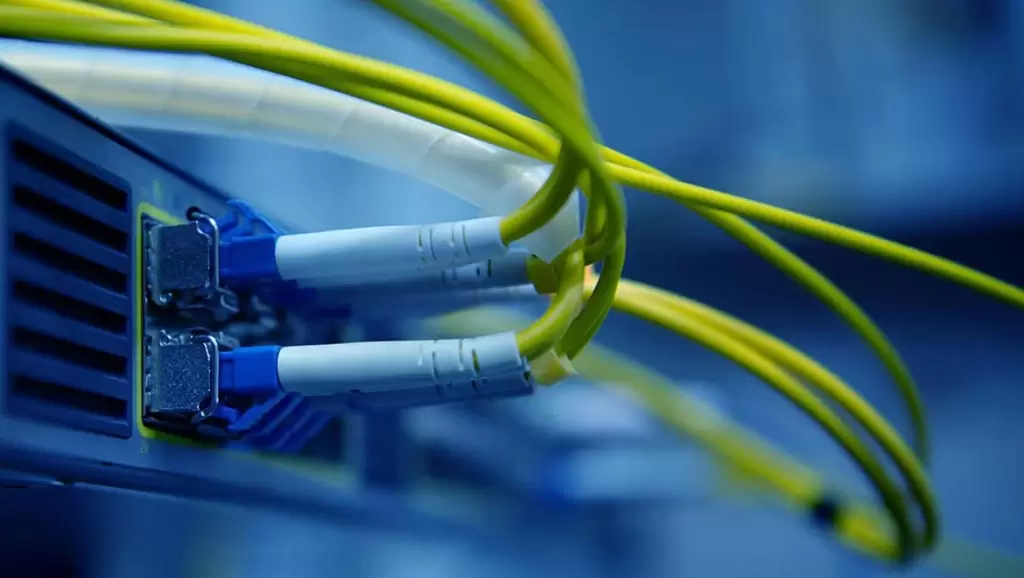
Fiber optic cables play a vital role throughout the entire architecture of a network. As long as professionals and the right equipment handle the installation of the cables is used, problems don’t arise. Since fiber optic cables are fragile and delicate compared to traditional copper cables, the former is vulnerable to particular challenges. This can significantly impact the networks used in different places. The challenge is to find out the concern-how to tell if fiber optics lincoln ne cable is bad. Sure, warning signs can help one to assess a bad fiber optic cable.
Broken Fiber Optic Cables
This is one of the sure signs that it is time to repair the fiber optic cables. Connectivity issues can emerge when one can notice fiber cables bent, broken, or stretched beyond limits. Fiber optic cables are designed to withstand bending and stretching to a great level, but over time such conditions appear, thereby hampering network connectivity. It can be avoided if an experienced professional expert handles the cable installation process and doesn’t stretch the wires and cables during the first installation procedure.
Defective Splices
Those with the technical know-how of network fiber optic cables know some splices. The presence of splices is not random placement but is done with the utmost care and at the correct locations. When the splices are not carried out correctly, it can result in high signal loss within the specific network. Apart from splicing, it is not essential to use suitable connectors on the fiber optic cables for optimal network connectivity. Defective or faulty splices can occur due to several factors that must be addressed to handle the signal loss within the network.
Excessive Splices
The majority of fiber optic networks consist of connectors and splices. But having too many of them within a confined area can result in a significant loss of signal. This is one of the indications that answers “how to tell if fiber optic cable is bad?”. It is the favored process, mainly when long, single-length cables are combined. But excessive it can ruin the motive of using splices in fiber optic cables within networks.
Common Reasons Behind Wrong Cables
There are some common factors responsible for bad fiber optic cables and wires.
- Faulty connections in cables
- Low strength of the transmitter
- Fingerprints, dust, and scratch
- Humidity
- High wire weakening due to excessive splices or faulty splices
Thus, it is of utmost importance to ensure that only professional experts handle the installation of fiber optic cables. In addition, the right tools and equipment must be utilized as well.
Conclusion
When compared to copper cables, fiber optic cables are sensitive and demand additional care and maintenance. Understanding “how to tell if fiber optic cable is bad?” helps to alleviate signal losses within the network. Loss of signals within the network damages organizations and facilities dependent on the network.

